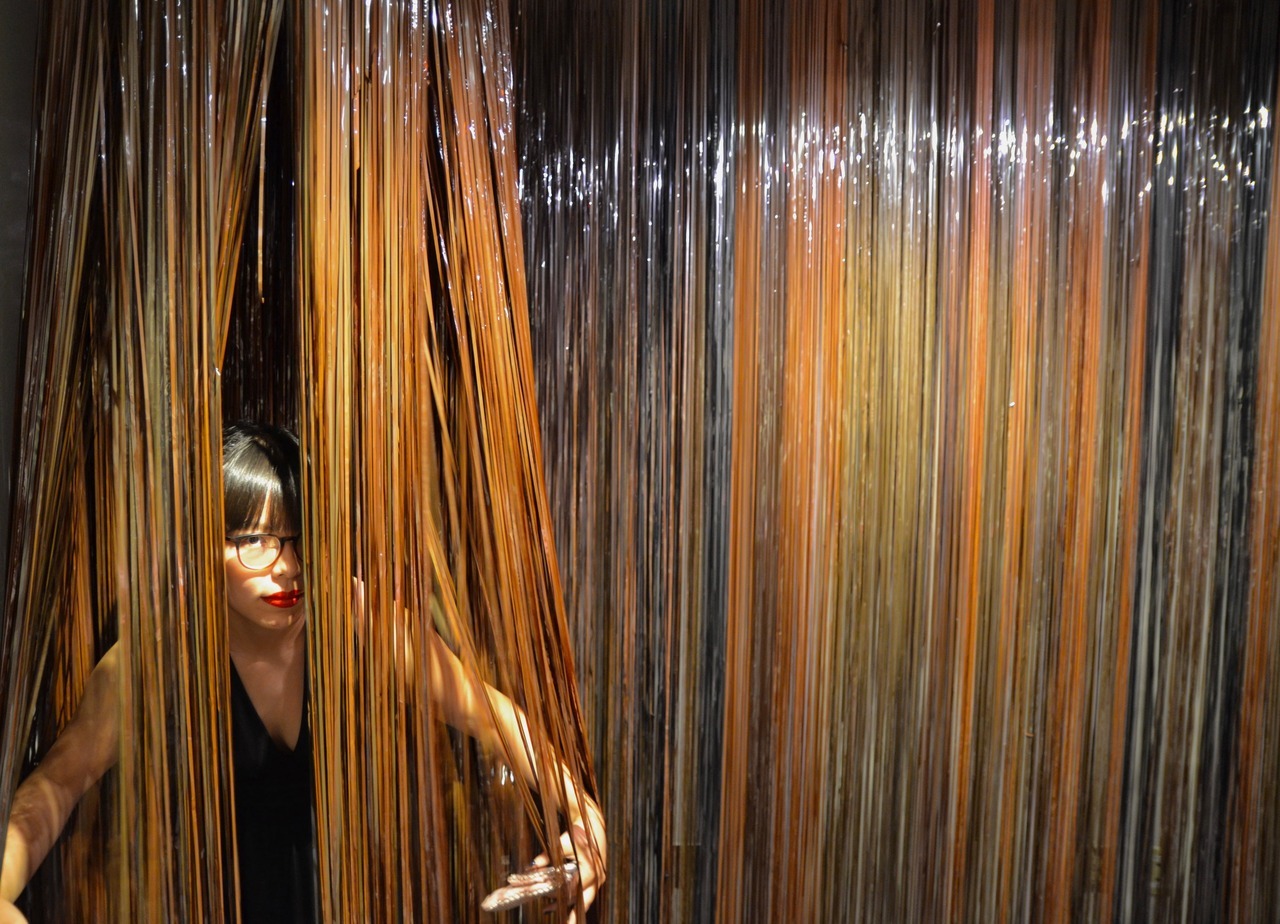John D. Antone’s solo exhibition, The Home Inside” runs through November 4th.
We pleased to announce that we are hosting a day time coffee and conversation next Monday, October 15th, 2018, 11am -12PM with John D. Antone. Please come out to meet him, view his works and join us in conversation.
Learn more about John tomorrow and plan to join us next Monday morning for a conversation with the Artists.
At what point during your life did you realize that you were an artist.?
Maybe artists are born….??
As I recall checking the “Art Major” box in my college application was the first commitment to being a “professional” artist but much later and in reality rather recently, I realized my purpose in life is to be an artist. Being an artist is related to curiosity in my opinion…..not a job.
How did your experiences at Virginia Commonwealth University and California Institute of the Arts impact your artistic development?
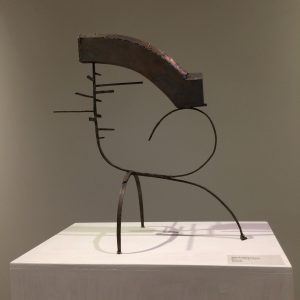 At VCU I decided to study “sculpture” because the Sculpture Department did not restrict sculpture to any working method. Our critiques addressed: concept, intent and effect.
At VCU I decided to study “sculpture” because the Sculpture Department did not restrict sculpture to any working method. Our critiques addressed: concept, intent and effect.
At Cal Arts they talked about the audience….who is our audience? This impressed me. It did not mean commercial audience but who we imagined we wanted to present our work.
Times spent with other students was just as important as what happened in the classrooms. We were very lucky to be alive when there was such freedom.
Was there a particular teacher that influenced you?
Chuck Henry -VCU
John Baldessari – California Institute of the Arts
Deborah Butterfeild – University of Wisconsin
Warren Moon – University of Wisconsin
Hardeu Keck – Rhode Island School of Design, Rome Campus, Italy
How would you describe your creative process?
My creative process is something like play.
What artistic movements inspire you? – They can be visual but also literary movements.
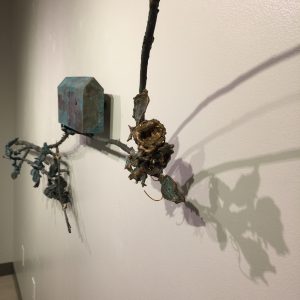 There is not a particular movement although I like art history a lot and literature is amazing. Art is an ancient language that repeats itself so I like to learn from the language of art.
There is not a particular movement although I like art history a lot and literature is amazing. Art is an ancient language that repeats itself so I like to learn from the language of art.
One of my favorite authors is Samuel Beckett……
What is it about bronze that appeals to you creatively?
I like bronze because it is both a liquid and solid.
Describe the lost wax casting process?
- The lost wax process is ancient.
- Basically one makes a form in wax by direct or indirect means.
- Then the wax model is placed in a mold.
- It may be that the wax form need to be broken down into parts and reassembled later.
- This mold with the wax model is heated and the wax evaporates.
- Then melted bronze is heated and poured into the mold.
- Then the mold is removed when bronze has cooled.
- Parts are welded together.
- Then the bronze is cleaned and made smooth to the touch.
- Then color (patina) is applied to the finished bronze by heat and/or chemicals.
When are you working on an idea for a sculpture – how do you begin?
I begin with meditation.
What advice would you give to a young artist starting today?
I would say beware that art is dangerous and ask yourself: If you looked back on your life would you regret not doing what you love?
 Accumulations: Mixed Media works by Travis Childers is in the Fisher Art Gallery. Travis begins with everyday objects – newspaper clippings, staplers, pen tips and tops and transforms them into provocative objects that evoke the readymades of Duchamp and the process of the Dada movement of the 20th century.
Accumulations: Mixed Media works by Travis Childers is in the Fisher Art Gallery. Travis begins with everyday objects – newspaper clippings, staplers, pen tips and tops and transforms them into provocative objects that evoke the readymades of Duchamp and the process of the Dada movement of the 20th century.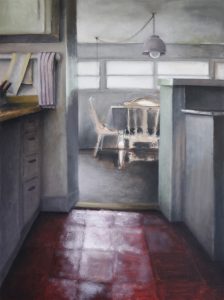 Memories of Home: Paintings by Lisa Noble is in the Passage Gallery. The interior in Lisa’s paintings are places of her past and personal history. They represent her efforts to visually map out the context of her childhood and early history.
Memories of Home: Paintings by Lisa Noble is in the Passage Gallery. The interior in Lisa’s paintings are places of her past and personal history. They represent her efforts to visually map out the context of her childhood and early history.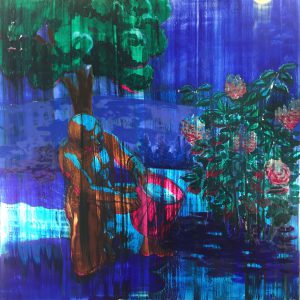 The Secret Garden: Paintings by Matt Pinney is in the Forum Gallery. Matt Pinney is an assistant professor of studio art at the Northern Virginia Community College at the Manassas Campus. Matt’s paintings employ personal myths, reinterpretations of history, and investigation of cultural assigned roles to creative narratives that are unbound by time.
The Secret Garden: Paintings by Matt Pinney is in the Forum Gallery. Matt Pinney is an assistant professor of studio art at the Northern Virginia Community College at the Manassas Campus. Matt’s paintings employ personal myths, reinterpretations of history, and investigation of cultural assigned roles to creative narratives that are unbound by time.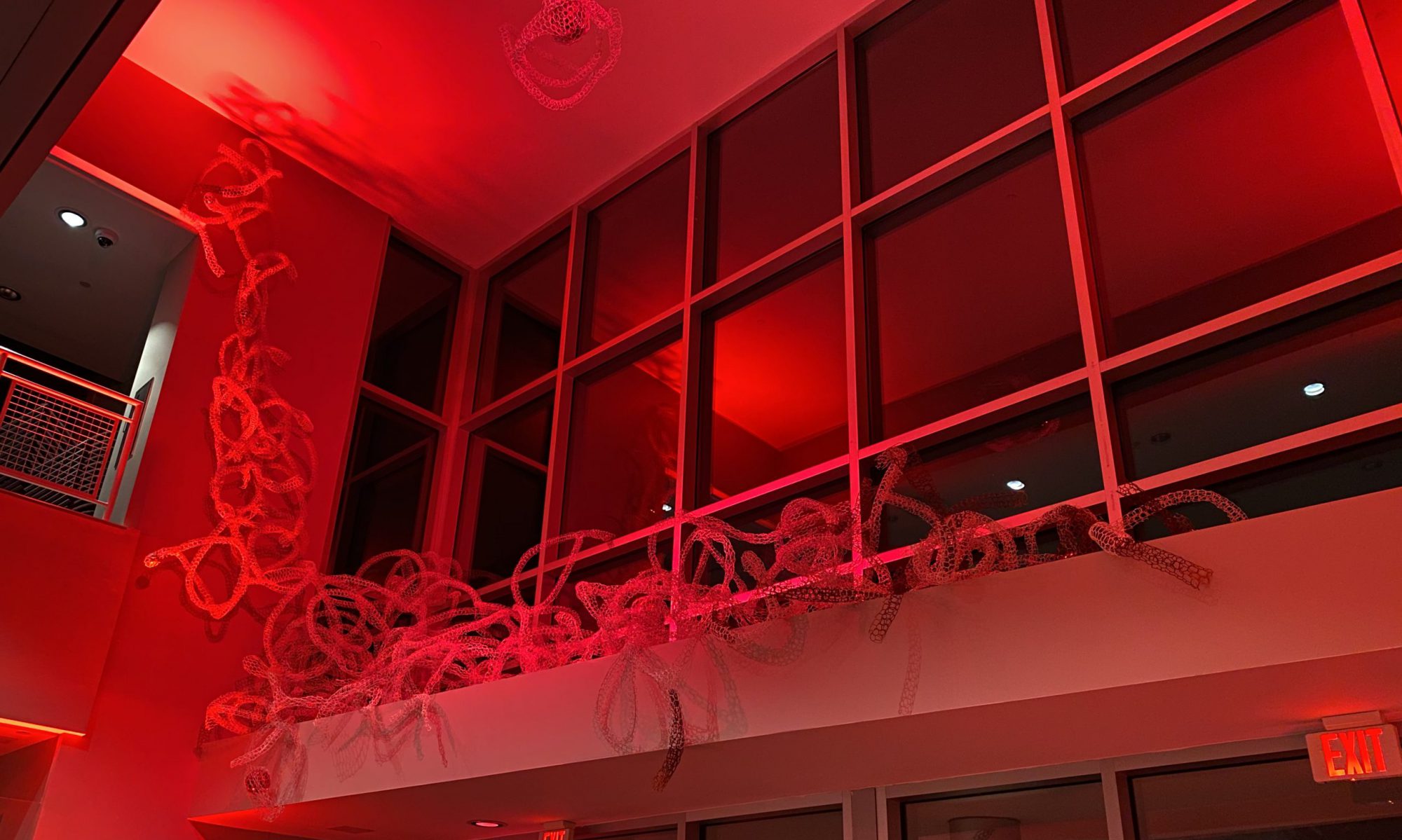

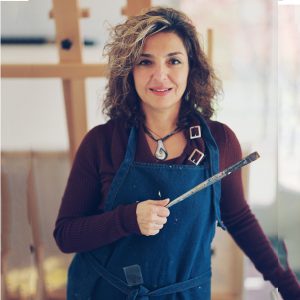 Say Behnam’s solo exhibition of paintings, Capturing the Vibrant, Transient and Eternal NOW is on display through November 4, 2018. We will be hosting a demonstration of the process that Saya uses to create her paints from plants, flowers, spices as well as stones and minerals next Tuesday October 30 12am – 2PM in the Forum Gallery of the Schlesinger Arts Center.
Say Behnam’s solo exhibition of paintings, Capturing the Vibrant, Transient and Eternal NOW is on display through November 4, 2018. We will be hosting a demonstration of the process that Saya uses to create her paints from plants, flowers, spices as well as stones and minerals next Tuesday October 30 12am – 2PM in the Forum Gallery of the Schlesinger Arts Center.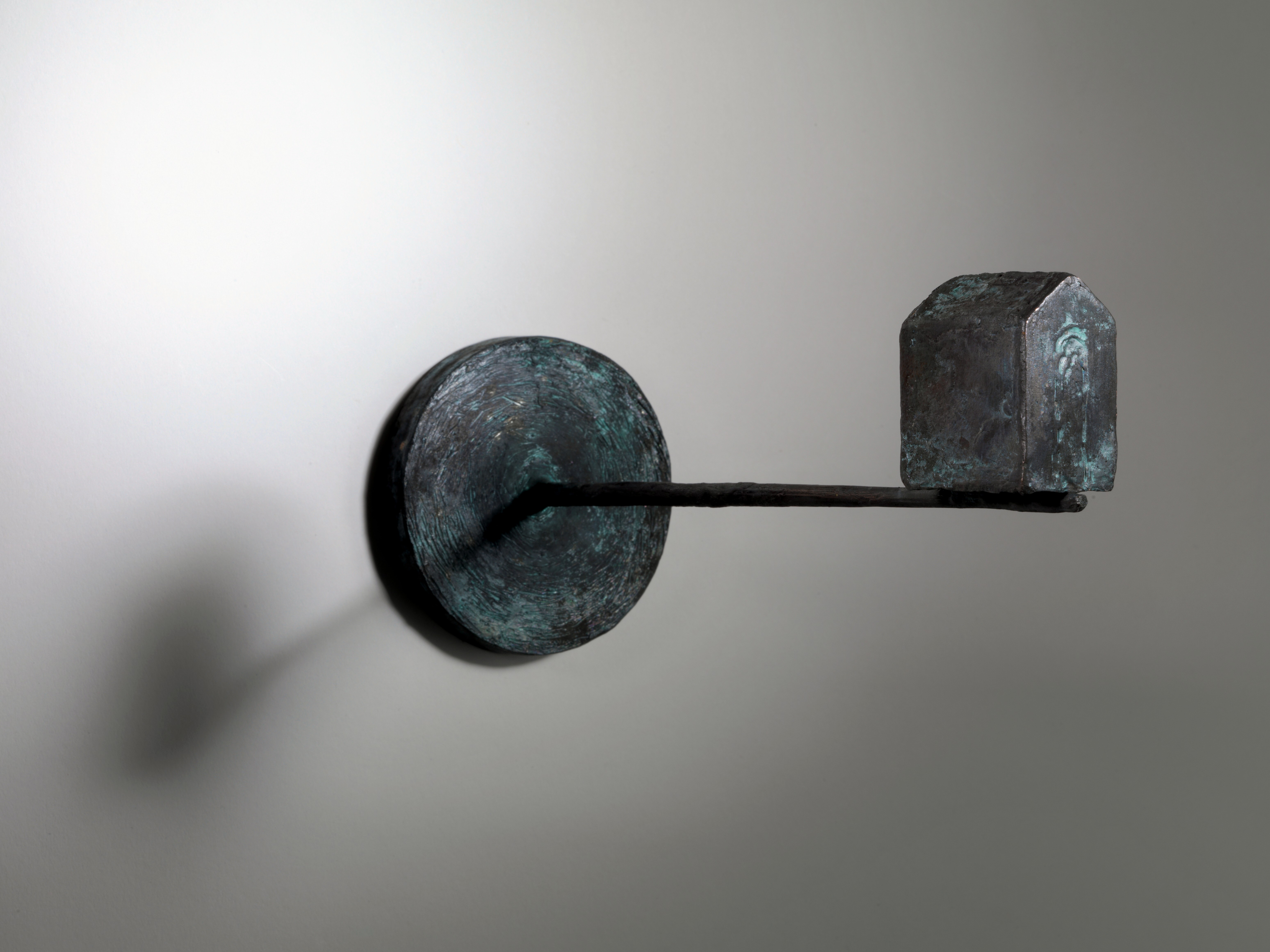
 At VCU I decided to study “sculpture” because the Sculpture Department did not restrict sculpture to any working method. Our critiques addressed: concept, intent and effect.
At VCU I decided to study “sculpture” because the Sculpture Department did not restrict sculpture to any working method. Our critiques addressed: concept, intent and effect. There is not a particular movement although I like art history a lot and literature is amazing. Art is an ancient language that repeats itself so I like to learn from the language of art.
There is not a particular movement although I like art history a lot and literature is amazing. Art is an ancient language that repeats itself so I like to learn from the language of art.